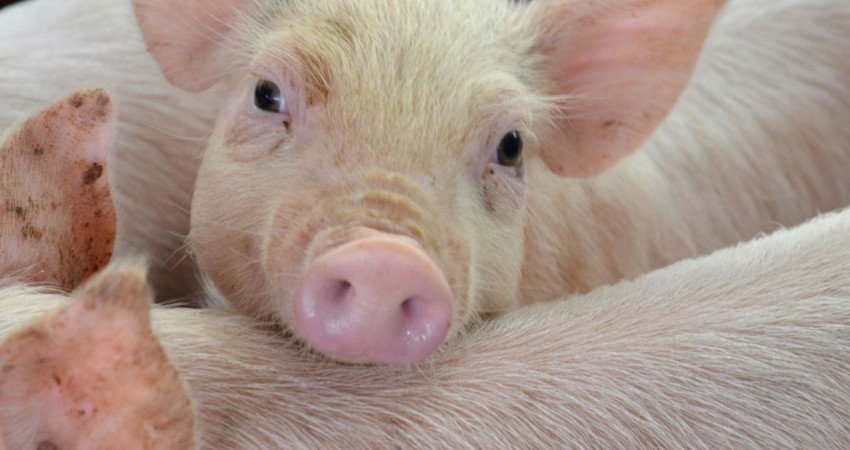

If you watch a pig for a long enough amount of time, you will notice certain behaviors that are common amongst the species. This could be ways in which they conduct themselves, such as types of movement or the way they appear to look at things. You may notice a certain cock of the head or a point at which a pig moves away from an implied threat. It could even be that you see your pigs try to fit into holes and spaces that are too tight for them. These behaviors and more are because of the way pigs see the world around them.
As a human being, you have a certain type of vision, known as trichromatic. This means you have three color cones, those being red, blue, and green, which enable seeing more of the color spectrum. This is useful because humans evolved from a species that climbed through trees in search of brightly colored food which is why it was imperative that we have the ability to see colors. We also needed depth perception as well as binocular vision, so we evolved eyes that are set in the front of our heads and give us a field of vision capable of seeing 190 degrees around us.
Pigs, on the other hand, have vision that differs from ours in many ways. One such difference is in their field of vision, which is allows them a panoramic view of more than 300+ degrees. The positioning of a pig’s eyes often means that monocular vision is more important to them throughout their existence. Having the ability to embrace monocular vision, or the ability to use each eye separately, is an excellent survival tool when it comes to finding food and taking note of potential danger. It does come at a price, however, that being a decrease in the binocular vision that is used to see directly in front of them and perceive depth and a blind spot over their backs.
Much like the human eye, the pig eye itself contains both rods and cones. It is thought that these make possible viewing colors such as green and blue, but that could be the end of their color perception; the scientific jury on pig color vision is still out. It has been declared that they possess the ability to see color but not color gradient, making them unable to differentiate amongst varying shades of colors that exist in their world. While the ability to see color is useful for many species, it is not of the utmost importance to a pig, for these animals have an even more powerful tool in their arsenal: their sense of smell.
More important to a pig than vision is the ability to acquaint itself with its surroundings via smell as well as hearing. Through sniffing and rooting, pigs are able to gather more information about their domain than through sight alone. The nose of a pig will convey the layout of its habitat, and should something be moved or changed, the nose will know, detecting such changes in smell. Because of the way pig eyesight works and the import role played by noses, it is important that you always pay attention to the sights is beside your pig and the smells in front of him.
As a pig handler, it will benefit you to always keep in mind the way a pig perceives the world around him. Since smell is so important, use that as a guide in addition to what you feel is aesthetically important from a pig’s perspective.
The more we know about the way pigs see the world and incorporate that knowledge into their lives, the better able we will be to anticipate their needs, giving them comfort and security throughout their days.
 Contact Jaguza Support
Contact Jaguza Support